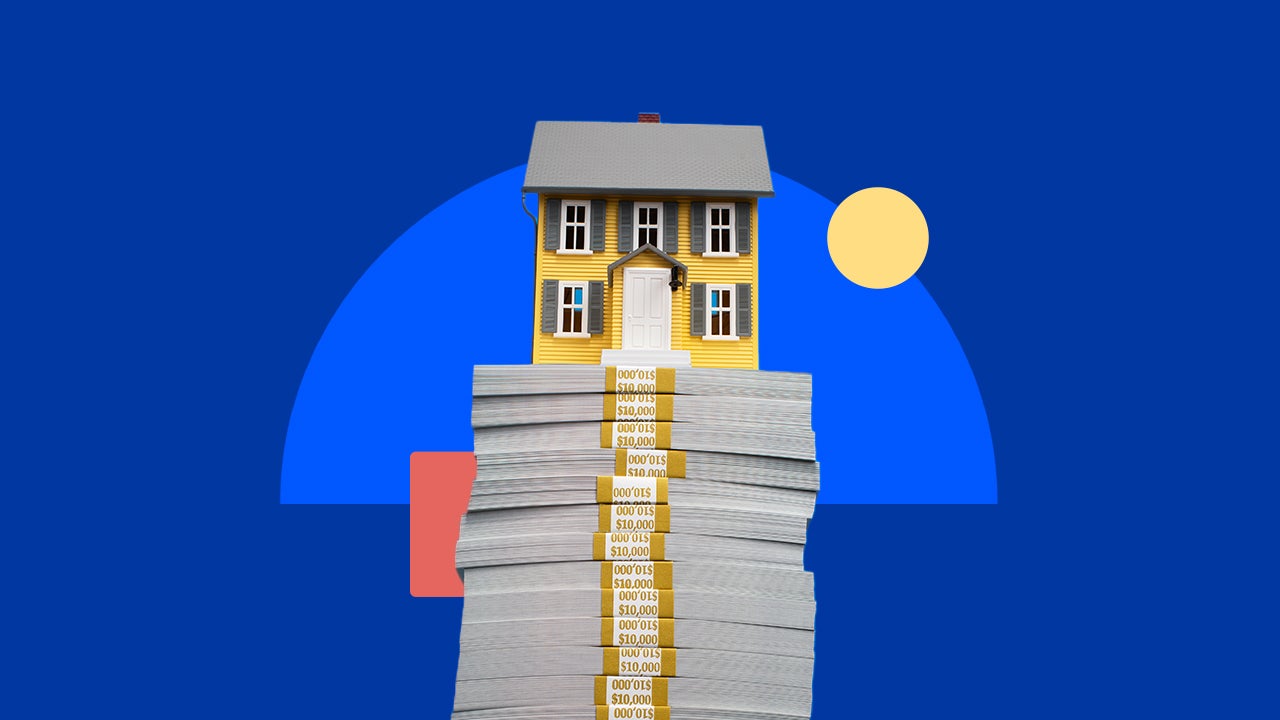
Navigating the Current Mortgage Landscape: A Detailed Overview
Mortgage rates have seen a slight increase this week, according to a recent survey of lenders. The average rate for a 30-year fixed mortgage has climbed to 6.78 percent, a marginal rise from the previous week's 6.72 percent. This fluctuation, while seemingly small, underscores the dynamic nature of the housing market and the various factors influencing borrowing costs.
To provide a clearer picture, let's examine the current landscape of mortgage rates across different loan types, comparing them to rates from the recent past:
- 30-Year Fixed: Currently at 6.78%, compared to 6.90% four weeks ago, 7.04% one year ago. The 52-week average is 6.80%, with a low of 6.20%.
- 15-Year Fixed: Currently at 5.95%, compared to 6.09% four weeks ago, 6.38% one year ago. The 52-week average is 6.03%, with a low of 5.40%.
- 30-Year Jumbo: Currently at 6.78%, compared to 6.88% four weeks ago, 7.06% one year ago. The 52-week average is 6.84%, with a low of 6.36%.
It's important to understand the components that contribute to the overall cost of a mortgage. The 30-year fixed mortgages included in the aforementioned survey had an average of 0.32 discount and origination points. Discount points are essentially a prepayment of interest, allowing borrowers to secure a lower interest rate for the life of the loan. Origination points, on the other hand, are fees charged by lenders to cover the costs associated with creating, reviewing, and processing the loan application.
Affordability Challenges Persist
The dream of homeownership remains a significant aspiration for many, but affordability continues to be a major hurdle. According to the U.S. Department of Housing and Urban Development, the national median family income for 2025 is $104,200. Data from the National Association of Realtors indicates that the median price of an existing home sold in May 2025 was $422,800.
Considering these figures, a 20 percent down payment on a median-priced home, coupled with a 6.78 percent mortgage rate, results in a monthly payment of approximately $2,201. This represents roughly 25 percent of the typical family's monthly income.
"Affordability is still a challenge," notes Lisa Sturtevant, chief economist at Bright MLS, a listing service in the Mid-Atlantic region. This sentiment reflects the reality for many potential homebuyers who are strategically waiting for more favorable conditions, hoping for both lower interest rates and reduced home prices before entering the market.
Factors Influencing Mortgage Rate Trends
Predicting the future of mortgage rates is a complex undertaking, as they are influenced by a multitude of economic factors. Last month, the Federal Reserve made the decision to hold the federal funds rate steady. It's crucial to remember that fixed mortgage rates are not directly controlled by the Fed. Instead, they are primarily driven by investor sentiment, particularly regarding 10-year Treasury bonds.
In times of market uncertainty, investors tend to seek the safety of Treasury bonds, which consequently pushes yields downward. This often leads to a corresponding decrease in mortgage rates.
Geopolitical events, such as trade policies, can also induce market volatility. For example, previous tariff policies have triggered market swings, causing 10-year Treasury yields to fluctuate.
Mike Fratantoni, chief economist at the Mortgage Bankers Association, suggests that the Federal Reserve's current stance aligns with expectations of minimal changes in mortgage rates in the near term.
Inflation is another critical factor. While the Labor Department reported that inflation edged up to 2.4 percent in May, exceeding April's figure, it remains relatively moderate, alleviating some pressure on mortgage rates. The Federal Reserve's target inflation rate is 2 percent.
Despite market fluctuations, many housing economists anticipate that mortgage rates will experience gradual shifts rather than dramatic swings. Samir Dedhia, CEO of One Real Mortgage, observes that "with inflation easing and uncertainty around tariffs and Fed policy continuing to weigh on markets, investors have shifted toward safer assets like Treasurys." This shift has provided stability for mortgage-backed securities, contributing to a general decrease in mortgage rates.
Understanding How Mortgage Rates Are Determined
Mortgage rates are not set arbitrarily; they are the result of a complex interplay of economic forces, investor behavior, and market conditions. These factors include, but are not limited to, the strength of the economy, inflation expectations, Federal Reserve policy, and the demand for and supply of mortgage-backed securities. Keeping abreast of these indicators can help potential homebuyers make informed decisions and navigate the ever-changing mortgage landscape.
Post a Comment for "Rate Shock: Mortgage Costs Surge"